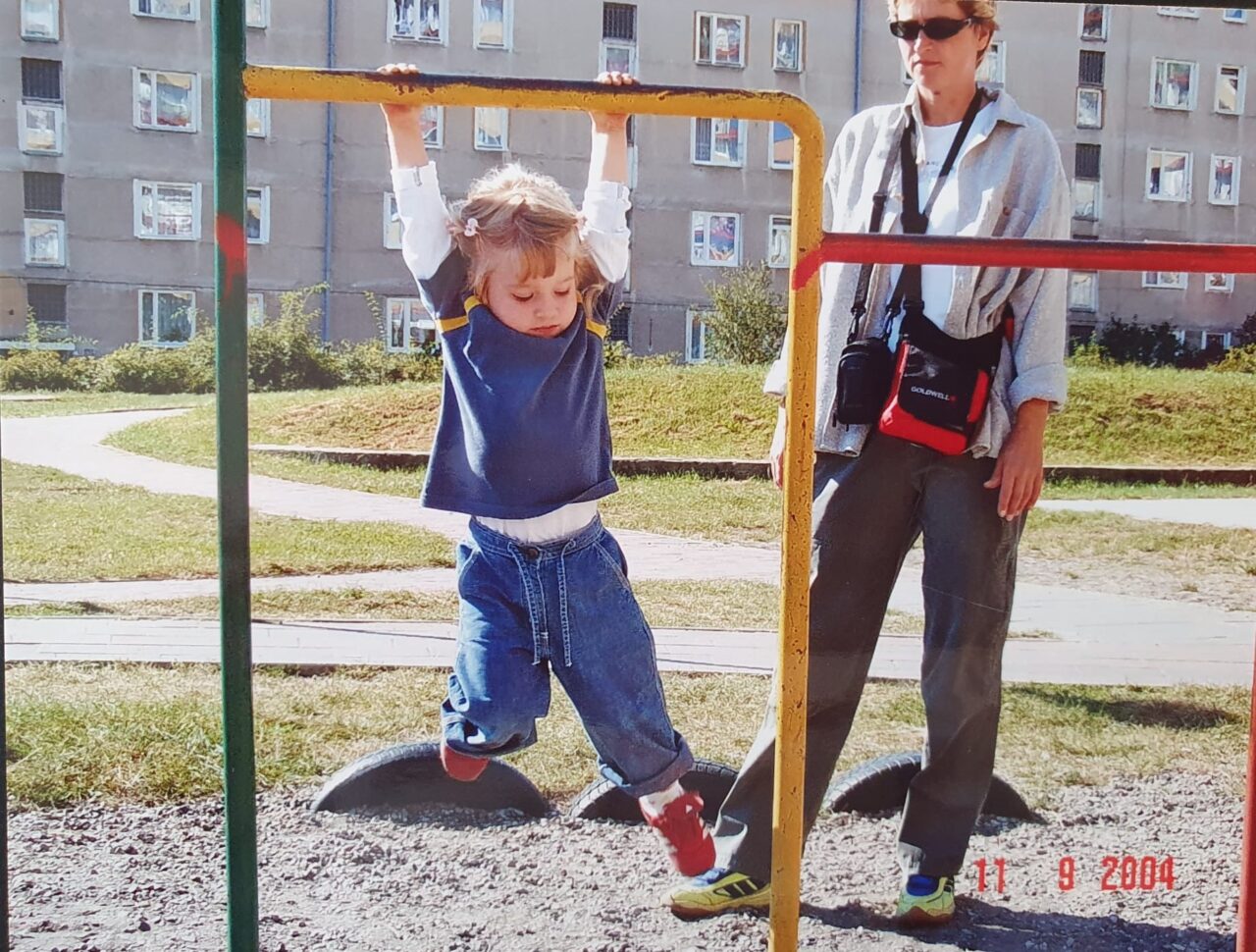KIOSKI

Project details
- Year
- 2024
- Programme
- Bachelor – Spatial Design
- Practices
- Honours Programme
- Minor
- Visual Culture
Small architectural relicts of post-soviet times in Polish urban spaces – the kioski.
Their existence have been sculpting strong relations between the neighborhood communities, their shared memories, and their bond with the physical environment around through decades. Once omnipresent and blooming, currently kiosks are the ghosts of polish cityscapes. Abandoned, unmaintained, yet associated with nostalgic scenarios of unfulfilled futures.

The traces of the kioski led this project through the historical events of my home country, meandering in the urban planning, societal changes of the Polish nation, and this uniting sense of nostalgia. Following the cycle of life of these small architectural elements, enabled me to see clearer the interrelation between community, memories, historical events, and the built environment around us.
Yet, is there an antidote to their haunting?





PERSONAL MOTIVATION
I have been born and raised in Poland. Throughout my childhood,
teenage years and up until the moment I moved abroad to Rotterdam,I have lived on the ground floor of the , 5-floor concrete block . All in the quite an iconic, post-soviet neighborhood of Przymorze. As the time passed, and as I was growing, the city gradually changed. Modern residential districts, new shopping malls and western infrastructure. Yet, Przymorze seemed frozen in time.

The same neighbors, the same kids hanging at the playground, the same cashier at the kiosk, the same man having slightly too much to drink too early in the day, the same postman. The same tree in front of my window getting pink in the beginning of May, the same pair of birds making a nest there every spring, the same unmaintained sandbox, the same cat visiting our garden in the summer evenings. In my childhood memories, barely anyone was a stranger there. Nor was any place unknown. All of Przymorze felt like a big playground, with the familiar faces and
buildings in between.


As I grew older, I became less appreciative of my surroundings, longing for modernity and faster-paced living. This changed when I applied for spatial design studies. While creating my portfolio, I made a collage, “Stuck in Concrete,” depicting a seagull trapped by local blocks, symbolizing my feeling of entrapment in urban life.
Upon revisiting home, I noticed significant changes: new tram-lines, modern shops, and residential buildings. However, the transformation felt unsettling. The familiar elements of my daily life were disappearing, and with them, a sense of community and identity. Przymorze’s charm lay in its disregard for trends and its patchwork character, which fostered a unique community bond.
This project explores the deep connection between people and their changing environments. I focused on kiosks, small but significant structures, often overlooked yet rich with nostalgia and memories. I aim to tell their story, from their historical importance in Poland to their decline. I believe their future isn’t set in stone and that there’s potential to revive and continue their legacy.